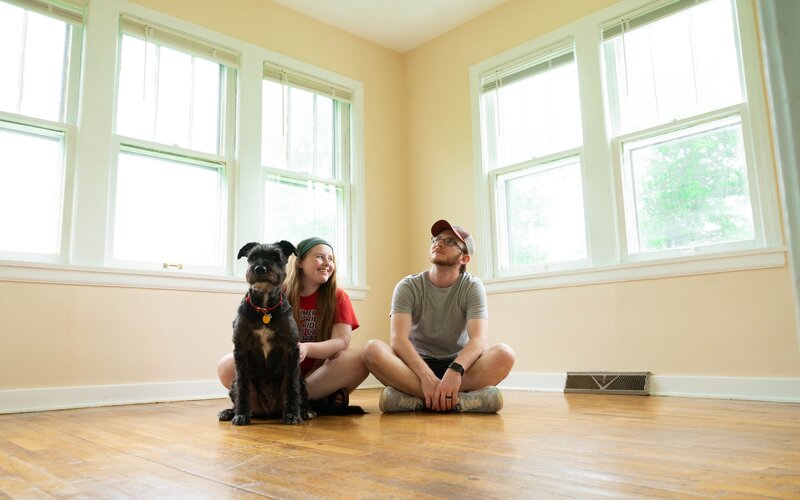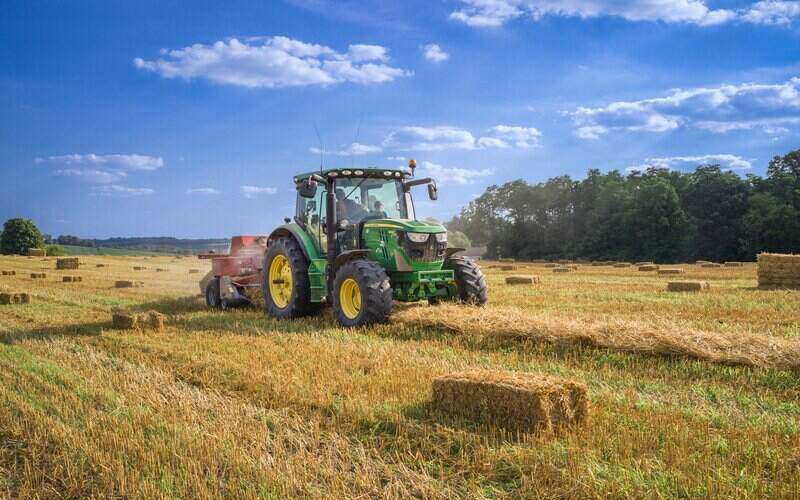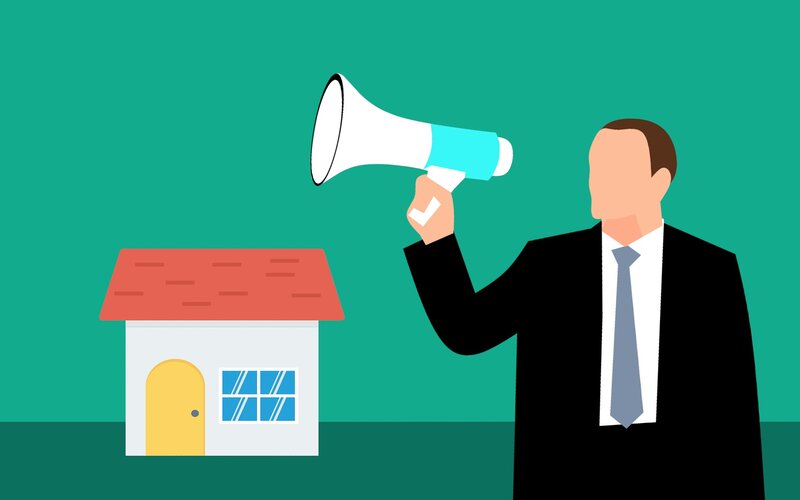Since the pandemic, demand for property in south-east Queensland has surged, with people flocking for its relatively affordable house prices and a work/life balance that could feature the beach.
As of the end of February, House prices in Brisbane have risen 5% annually according to CoreLogic, with the median dwelling value sitting at $535,618.
The increased demand has seen rents spike and vacancy rates plummet. According to Domain, it’s cheaper to rent a unit in Melbourne than it is in Brisbane for the first time in five years, with Melbourne unit prices at $388 compared to Brisbane’s $400. According to PRD Research, Brisbane’s vacancy rate is at 1.5%, breaking the previous record of 1.7% in February 2011.
So with both property prices and rents increasing, where in Brisbane is it cheaper to buy a home than rent one?
Buying a home or looking to refinance? The table below features home loans with some of the lowest variable interest rates on the market for owner occupiers.
| Lender | Home Loan | Interest Rate | Comparison Rate* | Monthly Repayment | Repayment type | Rate Type | Offset | Redraw | Ongoing Fees | Upfront Fees | Max LVR | Lump Sum Repayment | Extra Repayments | Split Loan Option | Tags | Features | Link | Compare | Promoted Product | Disclosure |
|---|---|---|---|---|---|---|---|---|---|---|---|---|---|---|---|---|---|---|---|---|
5.54% p.a. | 5.58% p.a. | $2,852 | Principal & Interest | Variable | $0 | $530 | 90% |
| Promoted | Disclosure | ||||||||||
5.49% p.a. | 5.40% p.a. | $2,836 | Principal & Interest | Variable | $0 | $0 | 80% |
| Promoted | Disclosure | ||||||||||
5.64% p.a. | 5.89% p.a. | $2,883 | Principal & Interest | Variable | $250 | $250 | 60% |
| Promoted | Disclosure | ||||||||||
5.64% p.a. | 5.89% p.a. | $2,883 | Principal & Interest | Variable | $248 | $350 | 60% |
|
Brisbane suburbs where it's often cheaper to buy a home than rent
According to PRD Research, there are several suburbs in Brisbane where it’s cheaper to buy a property than rent, more notably in the unit market than the housing market.
Woodridge had the biggest difference between a mortgage and rents for units, where monthly home loan repayments were $578, and the median weekly rent was $260 ($1,040 monthly).
For houses, Logan Central had the biggest difference, with monthly home loan repayments costing $1,019 and the median weekly rent costing $320 ($1,280 monthly).
You can find a full list of the suburbs where its cheaper to buy a house and a unit than rent, in the tables below, courtesy of PRD Research.
PRD noted 2020 data was used as there was richer and more stable data to analyse and report compared to 2021 data. Suburbs where it was less than 1% more expensive to buy than rent were also included.
Brisbane renting vs buying a house - Prepared by PRD Research
|
Suburb |
Median Price |
20% deposit |
Monthly repayment |
Weekly repayment |
Median weekly rent 2020 |
Mortgage vs rent difference |
|---|---|---|---|---|---|---|
|
Bracken Ridge |
$520,000 |
$104,000 |
$1,815 |
$454 |
$460 |
-1.4% |
|
Capalaba |
$502,000 |
$100,400 |
$1,751 |
$438 |
$450 |
-2.7% |
|
Bald Hills |
$485,000 |
$97,000 |
$1,690 |
$423 |
$420 |
0.6% |
|
Strathpine |
$465,000 |
$93,000 |
$1,614 |
$404 |
$400 |
0.9% |
|
Lawnton |
$423,000 |
$84,600 |
$1,465 |
$366 |
$370 |
-1.0% |
|
Acacia Ridge |
$415,000 |
$83,000 |
$1,436 |
$359 |
$365 |
-1.6% |
|
Logan Central |
$296,000 |
$59,200 |
$1,019 |
$255 |
$320 |
-20.4% |
Brisbane renting vs buying a unit - Prepared by PRD Research
|
Suburb |
Median Price |
20% deposit |
Monthly repayment |
Weekly repayment |
Median weekly rent 2020 |
Mortgage vs rent difference |
|---|---|---|---|---|---|---|
|
Teneriffe |
$607,500 |
$121,500 |
$2,129 |
$532 |
$530 |
0.4% |
|
Rochedale |
$588,000 |
$117,600 |
$2,059 |
$515 |
$550 |
-6.4% |
|
Strathpine |
$365,000 |
$73,000 |
$1,258 |
$315 |
$320 |
-1.7% |
|
Doolandella |
$330,000 |
$66,000 |
$1,136 |
$284 |
$350 |
-18.9% |
|
Bracken Ridge |
$329,000 |
$65,800 |
$1,132 |
$283 |
$380 |
-25.5% |
|
Taigum |
$320,000 |
$64,000 |
$1,101 |
$275 |
$375 |
-26.6% |
|
Thorneside |
$310,000 |
$62,000 |
$1,067 |
$267 |
$360 |
-25.9% |
|
Brendale |
$275,000 |
$55,000 |
$946 |
$237 |
$350 |
-32.4% |
|
Springwood |
$274,000 |
$54,800 |
$943 |
$236 |
$340 |
-30.7% |
|
Lawnton |
$250,000 |
$50,000 |
$860 |
$215 |
$300 |
-28.3% |
|
Logan Central |
$180,000 |
$36,000 |
$619 |
$155 |
$250 |
-38.1% |
|
Woodridge |
$168,000 |
$33,600 |
$578 |
$145 |
$260 |
-44.4% |
Disclaimer: Estimated monthly repayment is based on National Australia Bank (NAB) home loan repayment calculator as seen on realestate.com.au, with the assumption of the median prices as purchase price with a 2.99% Principal and interest comparison rate, 30-year loan term, and standard 20% deposit amount (stamp duty and other fees not included). 2020 encapsulates sales transactions for 2020 (01/01/2020 – 31/12/2020). Weekly Repayments are calculated based on Monthly Repayments, spread over 4 weeks. Prepared by PRD Research. Source: APM Pricefinder, realestate.com.au © PRD Real Estate 2021.
PRD Research chief economist, Dr Diaswati Mardiasmo, said the areas where it was cheaper to buy property than rent were most commonly outer-ring suburbs and may not be thought of as popular suburbs.
“Therefore prices in these areas may not have yet boomed or grew rapidly, which means their median sale prices are still below the Brisbane Metro median price,” Dr Diaswati told Savings.com.au.
“This makes them quite affordable to buy-in. Some of these suburbs might also have a certain ‘reputation’ attached to it, and thus buyers do not yet realise the availability of residential properties in the area.
“For example, Acacia Ridge, Bracken Ridge, Strathpine, Logan, Woodridge are sometimes considered to be more industrial areas, and many do not realise the residential potential of the area.”
So why do people choose to pay higher rent than buy? Dr Diaswati said the answer could be found in the costs of property ownership.
“There are higher costs to property ownership – not only upfront costs but also post-purchase regular costs (council rates, water rates, property repairs, and maintenance costs) – compared to renting, and it is possible that the socio-economic and demographics of the area allows for renting to be a preferred option.
“These are also areas where many new developments are being created, and sometimes with new developments, it can be priced higher than established houses.
“Thus those who wish to live in a new development might find this type of stock to be out of their budget as a property owner (keeping in mind a higher price point and all of the associated pre and post-purchase cost), but affordable as a renter.”
Related: Brisbane suburbs tipped for growth in 2021
Is it better to buy property than rent?
Dr Diaswati said while the buying vs renting argument may forever be a conundrum, sometimes it makes more sense to buy.
“However there are more hurdles in buying the property – as there are more upfront costs, like 20% deposit (if you want to avoid Lenders Mortgage Insurance), stamp duty (if not a first home buyer and not within the threshold), and other fees (conveyancing, build and pest, etc).
“Whereas renting does not have these costs and it is more on an ongoing week-by-week cost – hence depending on the person’s financial situation, it can be more manageable.
“Yes some might say it's 'dead rent', especially with current low rates and lenient lending, however, these measures that may allow them to enter the market are temporary in nature yet the life of a mortgage is 30 years.”
Related: Rent or buy? The age-old housing debate
Photo by Kon Karampelas on Unsplash

Ready, Set, Buy!
Learn everything you need to know about buying property – from choosing the right property and home loan, to the purchasing process, tips to save money and more!
With bonus Q&A sheet and Crossword!







 Bernadette Lunas
Bernadette Lunas
 Denise Raward
Denise Raward
 Harry O'Sullivan
Harry O'Sullivan
 Rachel Horan
Rachel Horan


